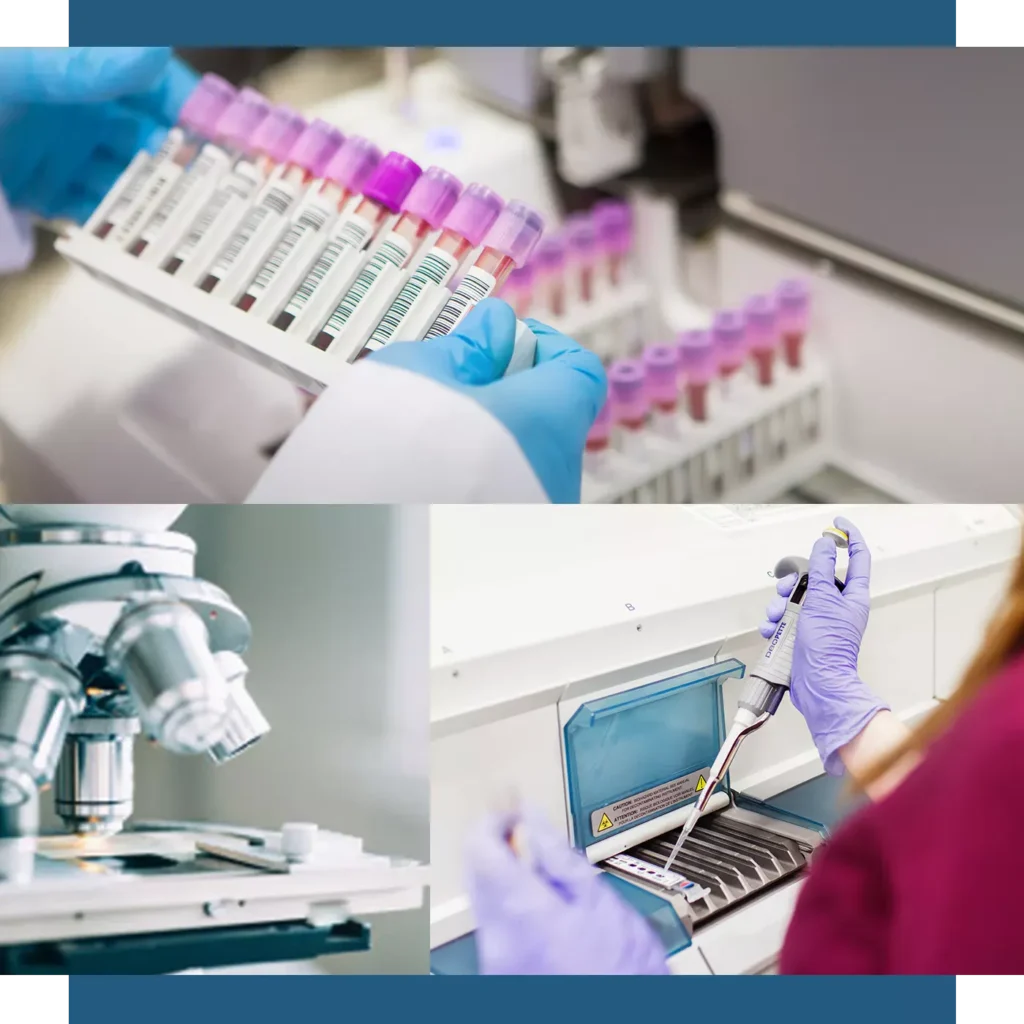Spontaneous abortion during fertility treatment

What general causes can cause a miscarriage?
Genetic screening
The most frequent known cause of spontaneous abortions is chromosomal abnormalities, i.e. abnormal chromosome number or structure in the fertilized egg. The probability of such anomalies occurring increases significantly with increasing age, and therefore the woman’s age is an important factor in spontaneous abortions: parallel to the natural pregnancy rates falling, the risk of spontaneous abortions increases from the age of 35. The following are also considered triggers for repeated spontaneous abortions.


Hormonal causes
A woman’s menstrual cycle is controlled by hormones, and a hormonal imbalance can be the cause of repeated spontaneous abortions. Known hormonal disorders are e.g. The PCO syndrome, underfunctioning of the thyroid gland and disturbances in the progesterone level.
Thrombosis tendency
In women with coagulation disorders, problems with blood flow to the placenta may occur during pregnancy. Due to the lack of supply to the child, this condition can result in a spontaneous abortion.

Immunological causes
In rare cases, the mother’s immune system mistakenly reacts to the fertilized egg, registering the embryo as a foreign body and rejecting it.
Organic causes
Muscle knots in the uterus can affect the growth of the fetus and can, in some women, increase the risk of a spontaneous abortion.
Spontaneous abortions - figures and facts
Pregnancies that end before the fetus has reached a weight of 500 g are termed spontaneous abortions.
According to the WHO guidelines, all pregnancies that end before the end of the 27th week of pregnancy are termed as spontaneous abortions.
Approx. 80% of spontaneous abortions occur before the end of the 12th week of pregnancy.
The risk of a miscarriage is higher if the woman has already had a miscarriage and increases proportionally with the number of previous miscarriages.
In 20–25-year-olds, the risk of a spontaneous abortion is on average 9%, while women over 45 have a risk of approx. 75%.
